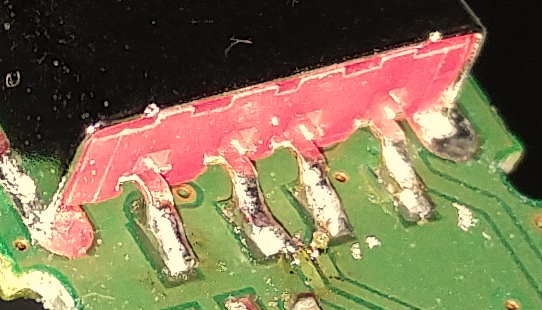My wife at a local library got SparkFun kits (and laptops) and had local teens come in (they usually show up for pizza day) and they enjoyed it a few hours a couple of sessions and did well. At least one kid had his own project underway before showing up. Arduino/Redboard is good for that - manageable size and header sockets - other than perhaps the Tiny size we like - Teensy could do that too. Through this my wife found Arduino for me - I got up to speed to back her up - she then got the Redboard kits and did the program alone with kids going through their book.
For younger kids the month before she did 'squishy circuits' where she made colored dough with and without salt to make circuits to light LED's and make buzzers sound. They were very artful with the clay and got a good lesson.
I got my TRS-80 in high school - learned BASIC - got a CS degree - and as my "Job#1" I programmed an interface to a Penicillin powder filling machine in 64K interpreted BASIC. 6 years later I was enjoying a job on the other side of the country writing code to install an OS for millions and the next few years on my moniker code for 10's of millions more - that spaghetti code served me well.
What is really sad is all the computers in schools now and they are taught browser usage - blogging and game play it seems - i.e. NOT "
an educational context".
Raspberry Pi would probably
not have been something my wife would have enjoyed as much nor gotten as far with the kids - versus the ready to run Arduino IDE. She did her MLIS online and the 'intro programming' prof blew through the unix shell and coding stuff way too fast and too poorly for her to catch without my backup - that was dangerous and irresponsible on his part and his grading and scoring was to an arbitrary high standard beyond anything he 'taught' with poor feedback - but like always she still got an "A".
I saw this
21_Dec note that Raspberry Pi's are now being stuck in server cabinets and other places to monitor and provide headless access without having to reserve/buy a whole space in the 'rack' or put in a whole computer. That is certainly a useful tool for many purposes. if I can get a rPi_Zero someday I might even try it.
stevech: indeed my high school got TRS-80's after I did and I never spent time in that lab (run by the guy that couldn't teach me Geometry) - I was self started. My two new 11th grade best friends did award winning International Science Fair wonders with theirs in 1980 - one did neural simulations (now a CS PHD Prof) - the other put a lens to focus light on an exposed memory chip to make a camera for his TRS-80 robot - still doing work like he did in H.S before his E.E. degree. These two were also self taught and never spent time in the high school lab. Sometimes it is the tools - sometimes the individuals - but with NO EXPOSURE there is no chance. Me - I'm just a BUM who worked 13 years out of college and been on vacation for 17 years - this is my Second Life.
If PJRC made a UNO/DUE sized/style unit - even off the LC - with the support of Arduino it would be more kid/cost friendly and a world above the UNO with Teensy support the DUE never saw and room to grow. Neural simulations would not have run all night and the robot would not have been so limited and bigger than a breadbox needing AC power.


